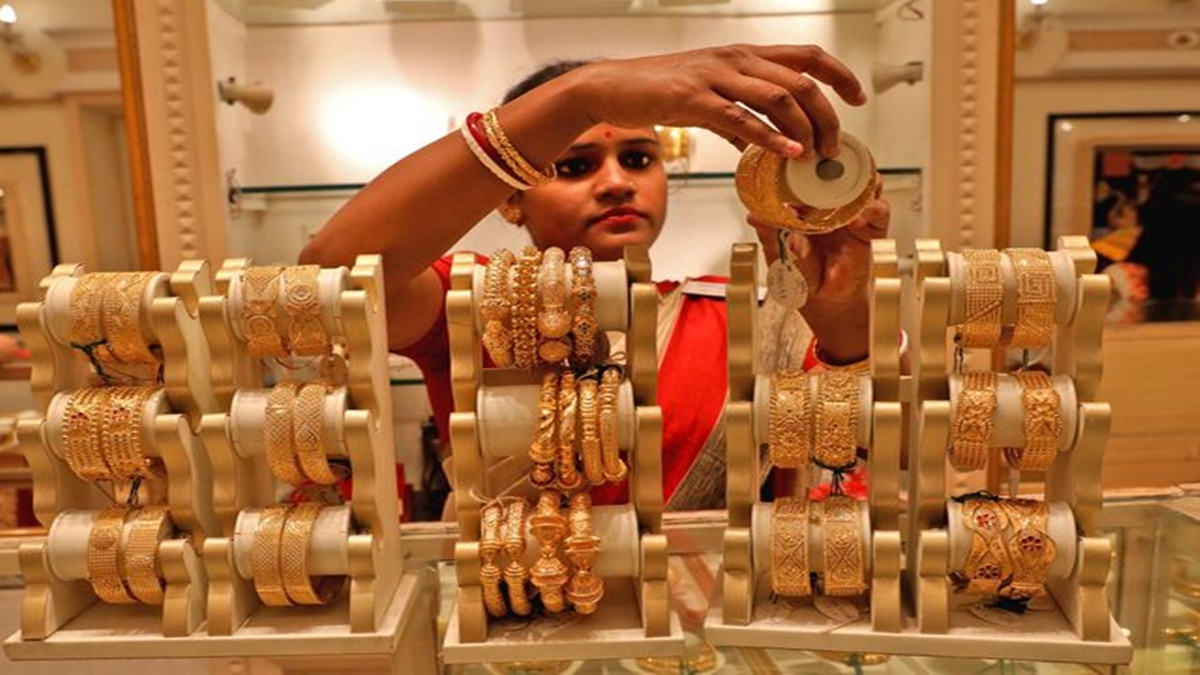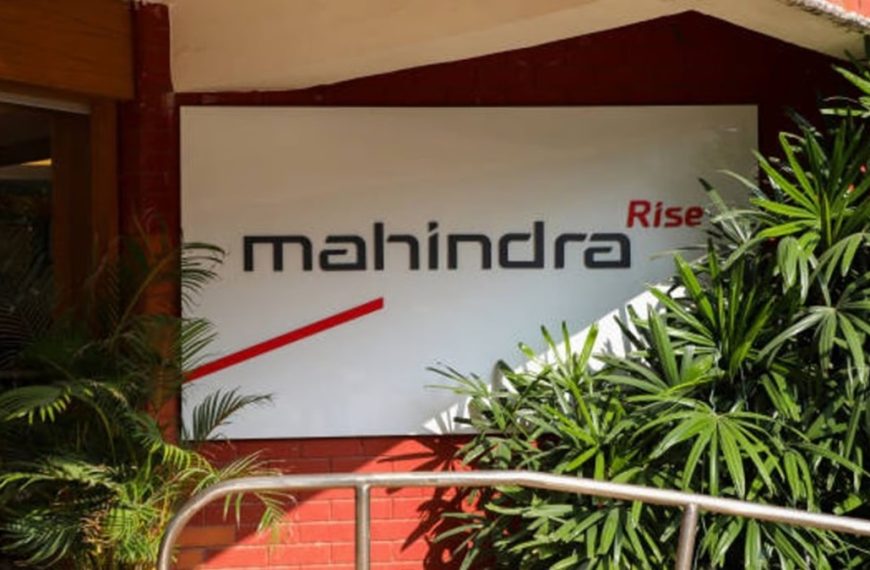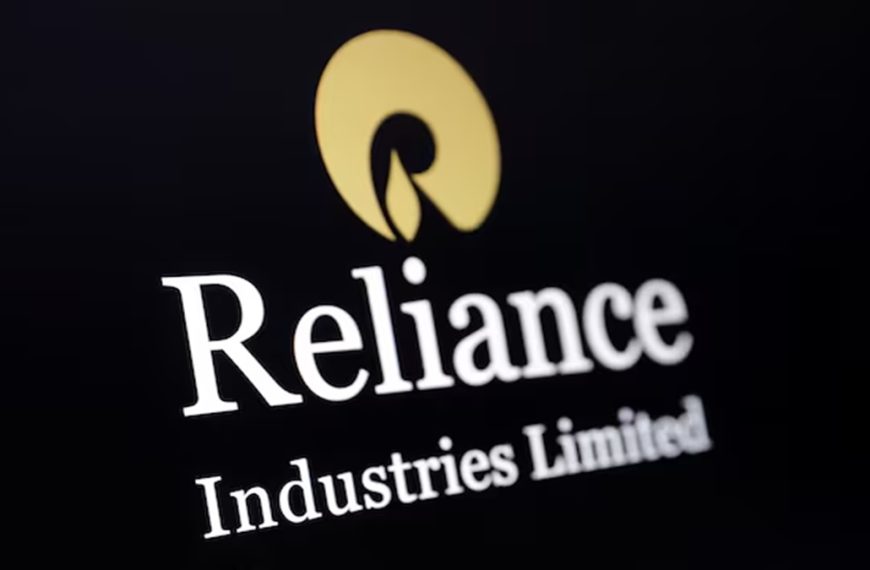Indian jewelry exporters recently made significant strides in the global market, dispatching an impressive $500 million worth of goods to the United States from March 26 to April 2. This surge in exports comes as a proactive measure against the anticipated imposition of reciprocal tariffs, according to officials from the Gems and Jewellery Export Promotion Council (GJEPC). The volume of these shipments was equivalent to an entire month’s production, providing a much-needed buffer for the industry that is poised for relief over the next three months.
Urgent Measures for Export Success
To facilitate this substantial export, the GJEPC coordinated closely with the Indian customs office, requesting that they extend their hours to ensure timely clearance of shipments destined for the US. "Our exports were finalized just before the April 2 deadline, necessitating urgent action from customs," remarked a council official.
Concerns Over Tariff Impacts
The jewelry industry has been on high alert, bracing for a minimum 10% tariff that could significantly inflate prices for American consumers. Such an increase would likely deter purchases, especially at a time when the diamond cutting and polishing sector is already facing severe challenges. To mitigate potential losses, exporters were encouraged to prioritize shipping their ready-to-export stock to the US.
Optimism Amidst Uncertainty
As of now, the US has temporarily suspended a 26% reciprocal tariff for a period of 90 days. This pause has instilled a sense of optimism within the jewelry sector, as stakeholders hope for the establishment of a bilateral treaty before the deadline.
Tariff Comparisons and Recommendations
Recent studies by the GJEPC reveal that polished diamonds and lab-grown diamonds imported into the US incur zero duties. In contrast, imports from the US to India face a 5% tariff. This discrepancy highlights the need for a more balanced approach to tariffs. For plain gold jewelry, the US imposes a 7% duty, while India has set a 20% rate. The GJEPC is advocating for a reduction of this 20% duty to foster a more favorable trading environment.
The council has proposed that the Indian government offers duty concessions on gold and silver bullion imports from the US, aligning with the benefits granted under the Comprehensive Economic Partnership Agreement (CEPA) with the UAE. They also suggest implementing a 6-10% import duty on jewelry entering India, creating a more equitable tariff landscape.
Addressing Financial Pressures in the Industry
While the anticipated US tariffs are a significant concern, the challenges facing the diamond export industry extend beyond this issue. Many companies are grappling with increased bank debts, leading to salary reductions for employees in several cutting and polishing firms. The exporters’ body has reached out to banks, seeking leniency in loan repayments until the tariff situation stabilizes and export activities regain momentum.
In summary, the Indian jewelry export sector is navigating a complex landscape of potential tariffs and financial pressures. With proactive measures and ongoing negotiations, there is hope for a brighter future for this vital industry.











